Demystifying Thai flavors for home cooks
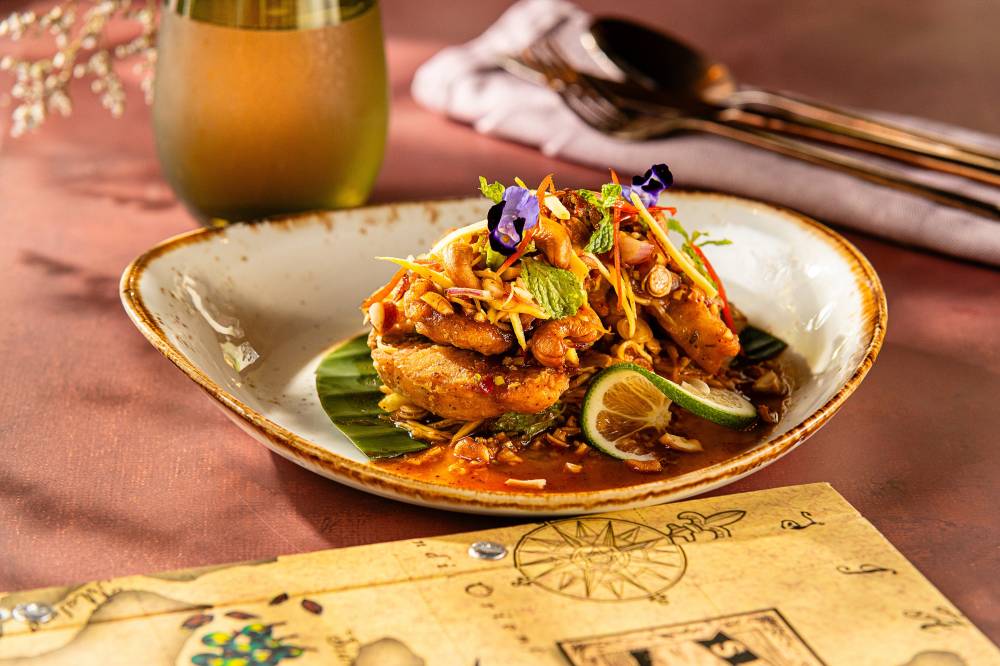
If you want to get into eating and cooking Thai food, the first thing to do, said Monnipa Rungthong—chef de cuisine of the famed Thiptara restaurant in Bangkok—is to figure out the kinds of flavors you like best.
While this might sound easy enough, doing so can be surprisingly tricky in the context of Thai cuisine, which isn’t so much about a singular flavor profile as it is about a symphony of many.
Love things savory, sweet, and sour? You can definitely have all those—perhaps in a dish that calls for tamarind paste and palm sugar, like a traditional pad thai. But it won’t stop at sweet and sour—it will likely also be salty from fish sauce, spicy from chilies, and fresh with a mild sharpness from garlic chives.
Can’t take too much heat in your tom yum soup? It’s not as simple as dialing down the bird’s eye chillies—you may also have to raise the sourness or saltiness to maintain the dish’s vibrance and make up for the diminished kick.
It’s a delicate and intricate balancing act—one that Rungthong honed at home while watching her mother, and refined through years of studying and experience in professional kitchens.
“Because the taste we want to achieve is already clear to us, we know exactly how much fish sauce or how much lime juice a particular dish needs,” Rungthong told Lifestyle at a recent cooking demo at Spices restaurant at The Peninsula Manila.
Watching her command her workstation, I marveled at how Rungthong so elegantly and instinctively whipped up sauces, dressings, and marinades. Yes, there was a recipe and exact ingredient portions on paper, but mostly she just eyed the herbs, condiments, and aromatics. A sprig here, a dash and splash there—no measuring spoons needed.

With the heart
Rungthong, fondly called Chef Ying, cooked not strictly by the book, but by “feel.” And yet, every time she invited us to have a taste of her work in progress—like the tamarind chili paste dressing for the Pla Tod Yum Mamuang or the crispy bass green mango salad—everything tasted just right and à-ròi mâak.
“I measure with the heart,” she said.
And by measuring with her heart, she served up a feast prepared with love—a parade of Thai delights that ranged from herby and citrusy to rich and comforting, to floral and fragrantly sweet.
After came the Nua Yang Jim Jeaw—grilled beef tenderloin coated with a crust of herbs and roasted rice, and then dipped into a staple sauce made of tamarind, palm sugar, fish sauce, and lime juice.
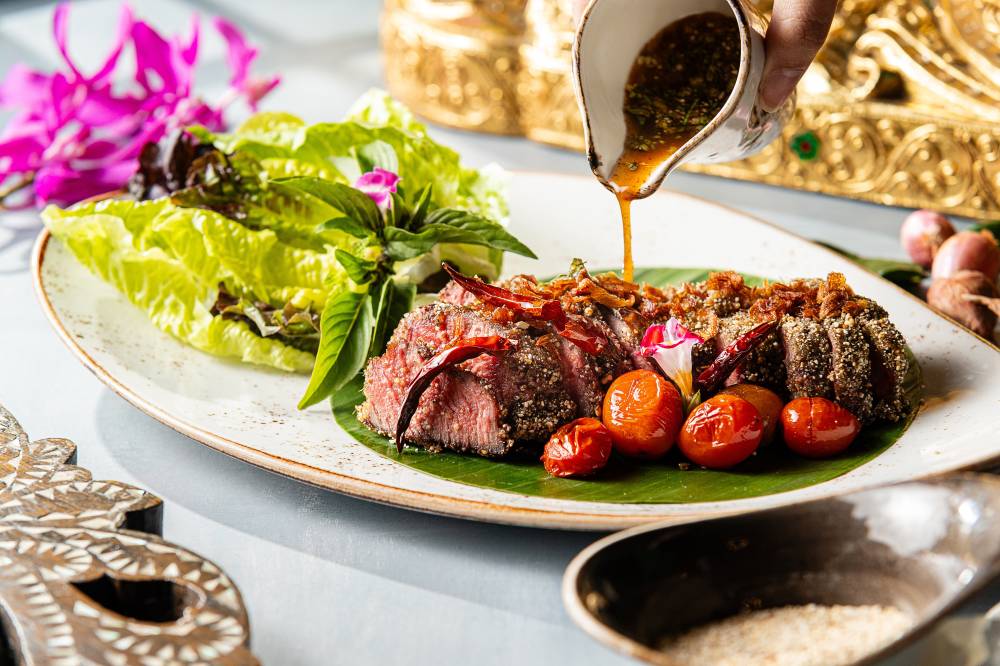
The warm, enveloping scent of pandan and coconut milk wafted through the air as Rungthong showed us her take on the Khao Niew Mamuang or mango sticky rice. By shrouding it with smoke from a tian op—a U-shaped scented beeswax candle used to perfume various Thai delicacies—the familiar dessert now gave off a fragrant whiff of florals and spices.
At the dinner following the cooking demo, Rungthong gave us yet another salad as refreshing as the first. While the star of the Yum Nua Yang was the tender striploin beef, the bed of greens, tomatoes, mint, chillies, and fried shallots beneath it made every bite a burst of flavors and textures different from the last one.
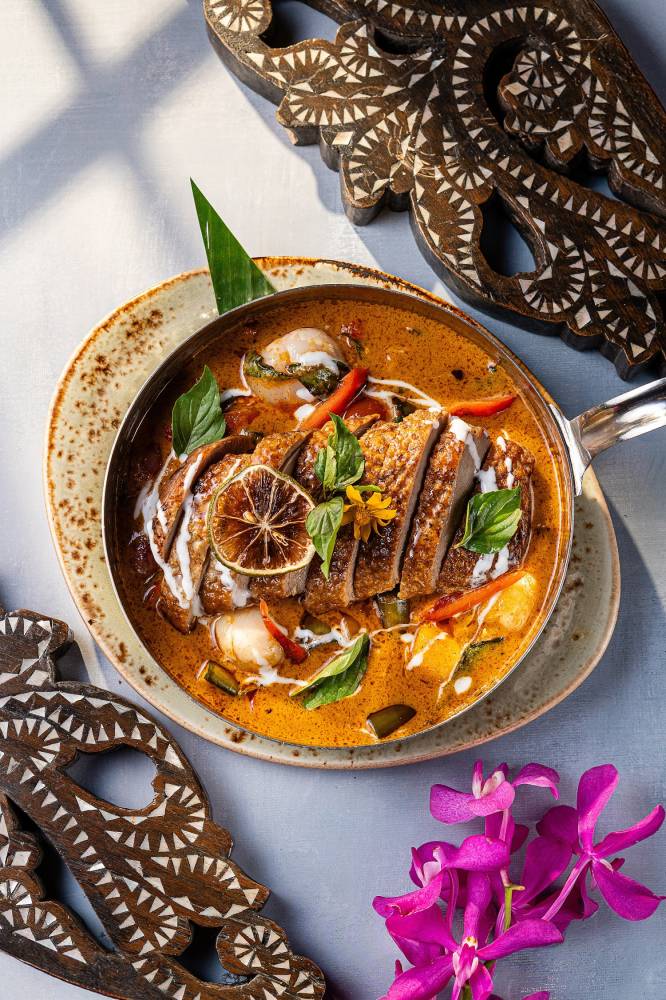
The Khao Soi Gai Yang, a northern Thai yellow curry noodle soup, arrived with a side of crispy fried noodles—a delightful contrast to the soft boiled noodles tucked beneath a generous portion of grilled chicken.
At first, the dish—while velvety and earthy—tasted a touch too mellow. A squeeze of lime did the trick. The acid seemingly shifted the very chemistry of the
curry, unlocking new flavors that gave the dish different dimension. Suddenly, the flavors became well-rounded, with a bright, sweetish aftertaste that wouldn’t have blossomed otherwise.
“While Filipinos love vinegar, Thai people have lime juice,” she pointed out.
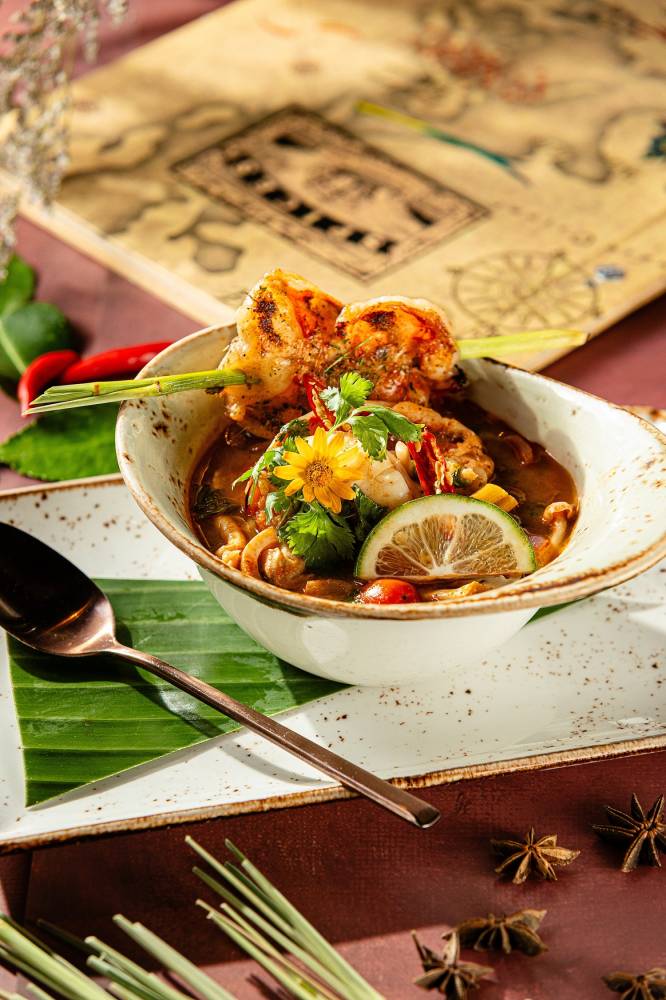
Cooking tips
Truth be told, we did all of the eating and none of the cooking in this so-called cooking class. But Rungthong did give some practical cooking tips should we muster enough gall to try and replicate such dishes at home.
Salads are a great beginner’s intro into Thai cooking, Rungthong pointed out, because they allow you to get the hang of mixing sweet, salty, sour, spicy, and at times even bitter notes, just by tossing and mixing. No fuss and nothing big at stake.
While tom yum appears complicated to make, it’s actually quite straightforward, she said, and is a nice step up after salads. Just make sure you have the essentials in your pantry and fridge: lemongrass, kaffir lime leaves, galangal, fish sauce, tamarind paste, palm sugar, and chillies—all of which make recurring appearances in Thai recipes.
And curry? “Not curry!” Rungthong said, laughing. Curries require precise timing and layering of flavors—and that is, if you manage to pound and grind tough ingredients and make curry paste from scratch. Sure, you can always use boxed curry mixes. Just don’t expect the same quality.
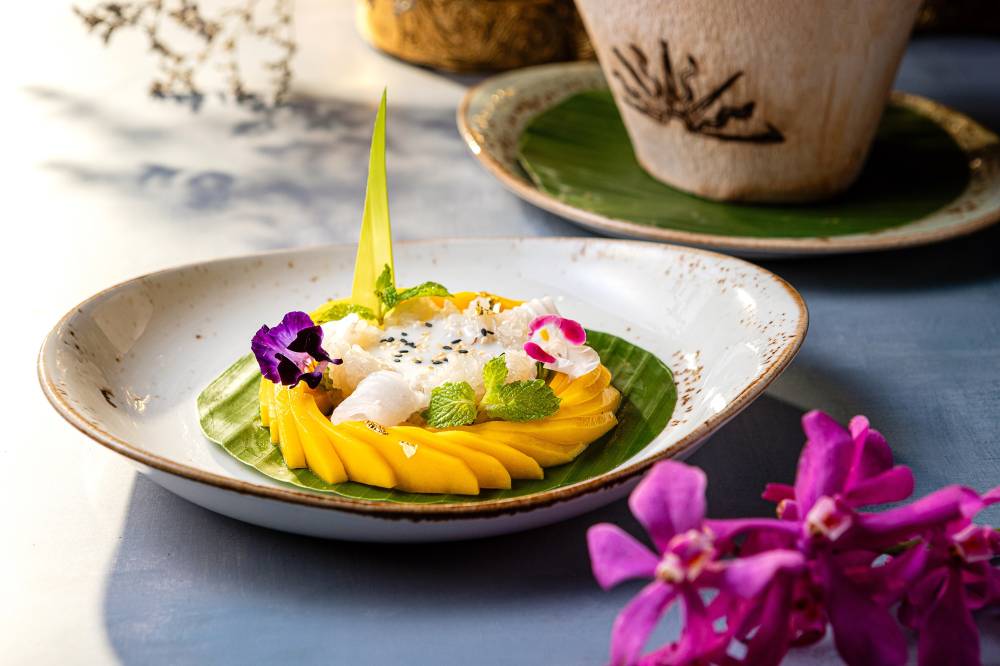
But if you’re not in the mood to do any of those, you can partake of Rungthong’s gastronomic creations at the “Flavors of the White Elephant Kingdom” degustation dinner at Spices on May 30, at 6 p.m.
The four-course signature menu—which skillfully blends beloved Thai flavors with modern flair—include the aforementioned Pla Tod Yum Mamuang, Nua Yang Jim Jeaw (or the Khao Soi Gai Yang as alternative), Khao Niew Mamuang, with the addition of the Tom Yum Goong Maenam, or Tom Yum soup with river prawns.
And to wash it all down, a selection of handcrafted cocktails and bespoke beverages infused with Thai flavors is there to complement the food menu.
“Just keep on trying new things, so you can discover what you like most. And the more you like a dish, the better your chances of cooking it well,” Rungthong said.
For reservations, call +63 2 8887 2888, ext. 6694 or email diningPMN@peninsula.com





















